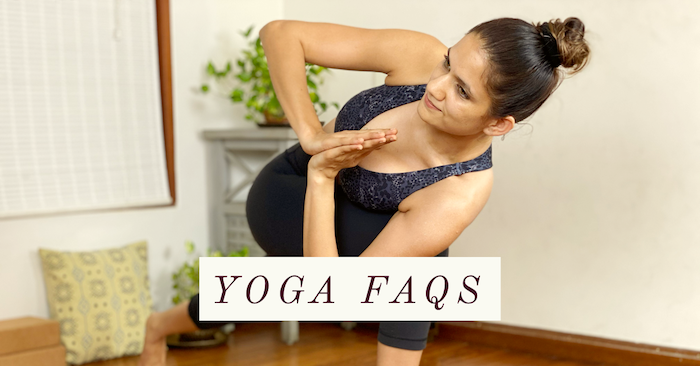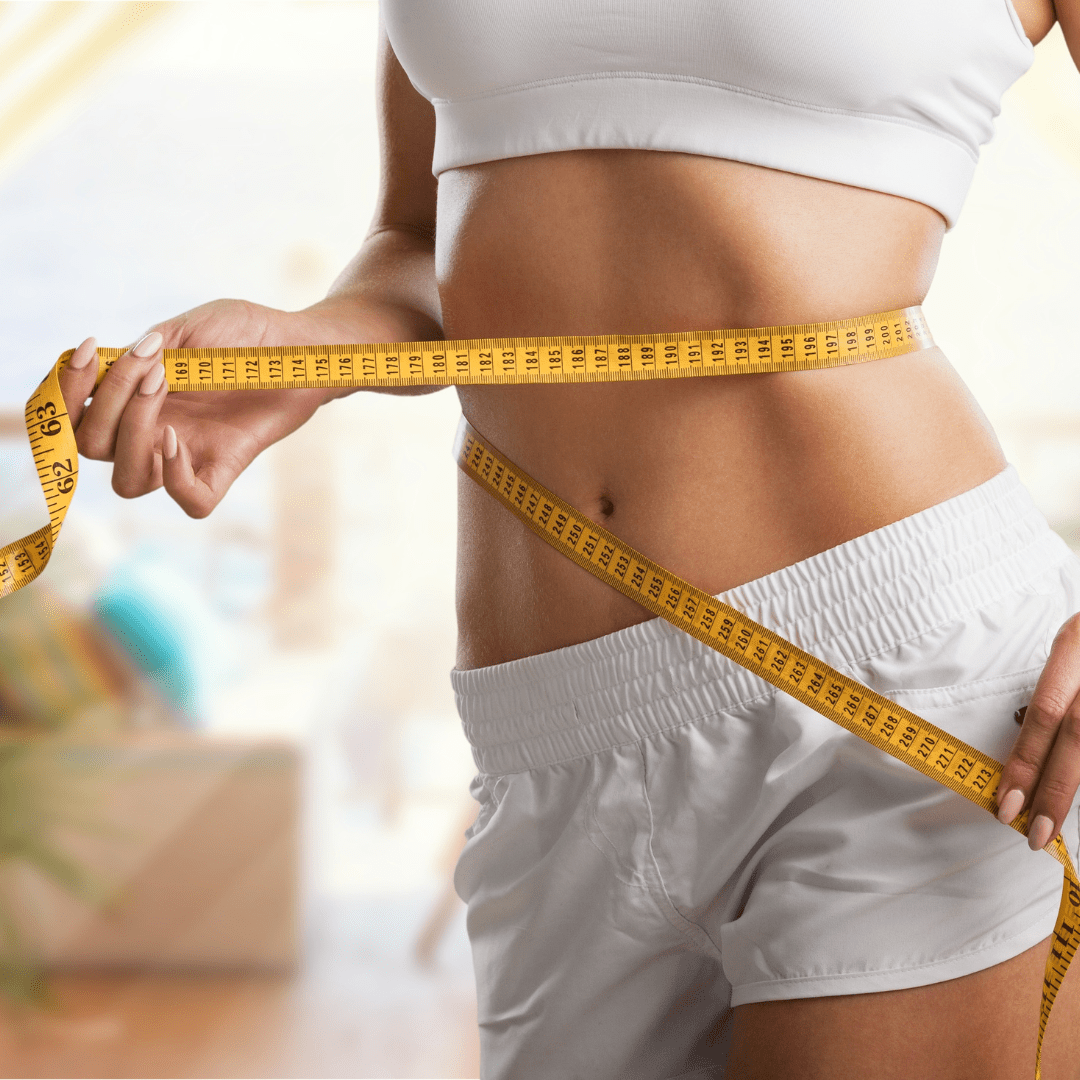If you’re a beginner and have lots of yoga questions on your mind about the practice, then you may just find your answers here!
I’ve been running Yoga questions and answer sessions on my Instagram Page for a couple of years now. And every month, there were a few questions that would get repeated ever so often. These were common queries amongst yoga beginners, and I decided to answer them here for everyone’s benefit.
1. What is the best time to practice Yoga?
5:00 am to 6:30 am is a good time for morning meditation or pre-meditative exercises like Suksham Vyayama. 6:30 am onwards is an excellent time to start your yoga asana practices. Essentially when the sun rises, you can begin physical exertion. Use the time before sunrise to tune inward.
However, do note that these are general guidelines for yoga. If you have the luxury to choose when you can meditate and practice Yoga at home, then certainly build this discipline. Otherwise, don’t try to turn your world upside down to fit in your yoga practice. Let Yoga fit into your current lifestyle as and when you find the time. Maybe it is more feasible to practice asanas for 30 mins before lunch or meditate for 5 mins before your next appointment. That also sounds great!
2. What should I eat before my yoga practice?
Eat something very light as you don’t want to be twisting and bending with a full belly. A small piece of fruit, or a handful of nuts, works well. Although, a light yoga practice can be done on an empty stomach.
Those who sweat a lot should ensure they’re sufficiently hydrated before yoga practice with a glass of lemon water or coconut water. Those who tend to get dizzy or tired during practice can eat a small piece of fruit, a date, or a small cup of smoothie. Ideally, don’t eat or drink anything at least 30 mins before practice.
If you’ve had a full meal, then avoid Yoga for 1.5-3 hours. Since everyone’s digestive capacity is different, I would encourage you to identify this for yourself. Some will be able to digest their meal faster than others.
3. How often and for how long should I practice in a week?
If you’re not doing any other exercises you can practice easy yoga asanas 6 times a week for 45mins to 1 hour. Pranayama and/or meditation exercises can be practiced daily for 10-15 mins or longer.
4. How often should I practice meditation?
Meditation can be practiced every day. Beginners can target 5-10 mins a day, and those with more experience can work up to 30-60 mins twice a day or more.
5. I just can’t practice meditation; what should I do?
Start small, sit for only 1 min once a day. Then make it 2 mins twice a day and then make it 3 mins thrice a day. Everything takes practice and patience, it doesn’t matter where you begin, as long as you start and stay consistent.
Also, start practicing Hatha Yoga to help you become more attuned to meditation. Hatha Yoga is a moderately paced practice that is neither too fast nor too slow. In this method, the breathing pattern is essential, and you end the class with Pranayama. With regular practice, you’ll find it easier to sit in meditation. Be patient, and keep practicing.
6. Can I do Yoga if I’m not flexible?
Yes! Everyone can do Yoga, and there is no limit to who can or who cannot. You may feel intimidated or discouraged seeing a lot of performative Yoga on social media, but please know that such extreme flexibility is unnecessary to get the benefits of Yoga. The basics of Yoga are in mindfulness and building breath awareness. As long as you know when to inhale and exhale, you are practicing Yoga. So, don’t get demotivated or competitive. Remind yourself, that yoga is about the mind, not about doing the splits. So, choose the right variation of the posture for your body type and simply breathe deeply while you hold it. That is Yoga. Over time with regular practice, you may or may not get into the splits, but you will certainly learn to be more calm, rational, and focussed. All great skills that will improve your everyday life and decision-making while also enhancing your meditation journey.
If you’re joining group classes then check with the teacher or studio if a class is suitable for beginners or not before joining. Finding a good teacher that you align and feel comfortable with will also help you in this journey.
7. Do I need to exercise if I practice Yoga?
It depends on the intensity of your yoga practice and how much variety you bring into your weekly routine. If you practice the same routine every day or if your yoga practice is very slow and focuses only on stretching, then you may need to include other forms of exercise.
You should be getting at least 30 to 60 mins of moderate-intensity aerobic exercise every day. And for additional benefits, at least 2 days of muscle strengthening exercises. Moderate intensity is that exercise intensity, which you would rate 5 or 6 on a scale of 0 to 10. At this pace, you can talk, but you can’t sing.
You can achieve this by ensuring that you practice both Hatha and Vinyasa yoga in a week with a variety of postures, movements, and single-leg balances for a wholesome practice. Or by combining Yoga with brisk walking or by including other forms of exercise.
Personally, I recommend including at least one other form of activity over and above yoga in your routine. It could even be brisk walking. Like a wholesome meal should have variety, so should your fitness routine.
8. Which mat is best for yoga practice?
The choice of the best yoga mat can vary from person to person. It’s really all in the material and thickness. 4-5mm is the average thickness of mats in the market and is generally suitable for most people. But if your joints are very sensitive, you would want to go for a 6-8mm thickness mat.
The most common and affordable Yoga mat materials are derived from plastic and are not very environmentally friendly. In natural materials, rubber or rubber blended yoga mats are most popular, and they’re expensive compared to plastic yoga mats. So, the choice of material is a matter of personal preference; if you can afford it, I recommend rubber or rubber blend yoga mats.
If you want a very grippy yoga mat then go for rubber mats with PU (Polyurethane) or a microfiber layer on top. If you want only eco-friendly materials then go for a cork layer on top or rubber mats blended with cotton/jute/hemp.
To know more about buying the best yoga mat, you can visit my blog here. I have covered thickness and all materials in great detail.
9. Which Yoga style should I practice?
The best way to choose a comfortable yoga style is by practicing different styles and then staying with what you like the most. Your preference may change from day to day or season to season or as per your mood. One day you may feel like doing a slower yoga practice, and on another, you may want something dynamic and fast-paced. Let your intuition be your guide, experiment a little, and empowered with this experience, you will be able to choose the right practice for yourself.
To help nudge you a little in the right direction, I’ve also created this quiz that you can take to choose the right yoga style!
10. I’ve been doing Yoga for many years but my body is not as flexible?
There can be many different reasons for this. It could be that you’re focusing on only one or two parts of the body and ignoring the rest. It could be that after practicing Yoga for 1 hour, the rest of the day, you keep sitting on a chair. It could be that your muscles are actually overused, and they’re compensating for other weak muscles in your body. So, instead of stretching so much, maybe you need to strengthen some muscles. Or it could be a good thing, too; we don’t really need excess flexibility in our body.
Our bodies are very well integrated, that is why pain and stiffness in one area can be related or caused by a completely different part of the body. So, practice a wholesome yoga routine that works on the full body to see the best results in your posture and alignment. And seek a good teacher or therapist to help you with your specific concerns.
11. How to identify a good yoga teacher?
Knowledge and expertise are a pre-requisite for a good yoga teacher though, in all likelihood, most yoga teachers will know their subject and asanas well. So what you should focus on is the attitude–this will manifest in how you feel in their presence or class. Go with the one who you align with personally and whose teaching style meets your expectations.
Remember, not all teachers can teach in a way that works for ‘everyone.’ So, it may take some trial and error till you find the right one for you.
12. How are Yoga Asanas different from exercise?
Exercises focus more on physical strength and the ability to do strenuous tasks. Regular exercise helps you develop greater control over your movements and range of motion. Yoga is a mind-body practice that focuses more on mental wellness and your ability to consciously relax the body, regulate emotions, develop greater self-control, and improve concentration. This is achieved in two ways:
(1) By incorporating mindful breath awareness throughout your yoga practice
(2) By practicing all three aspects of Yoga – Asana, Pranayama, and Meditation
Yoga was designed for mental wellness. It has a greater focus on the mind than the body, that is why yoga classes include techniques like breath awareness, directing our gaze (Drishti) to specific points, and conclude with Pranayama or Meditation. Yoga Philosophy can further help you integrate your practice into your everyday life.
So, if we only practice Asanas and do so without breath awareness, then the practice would not integrate the unique mind-body principles of yoga. As a result, it would have more similarities with physical exercise than Yoga.
The key is to find balance in life and make time for both exercise and Yoga, as both are important.
To get more useful updates on Yoga, you can follow me on my Instagram @yoganama. You can also subscribe to my mailing list, where I only share class updates or relevant and useful yoga content.







